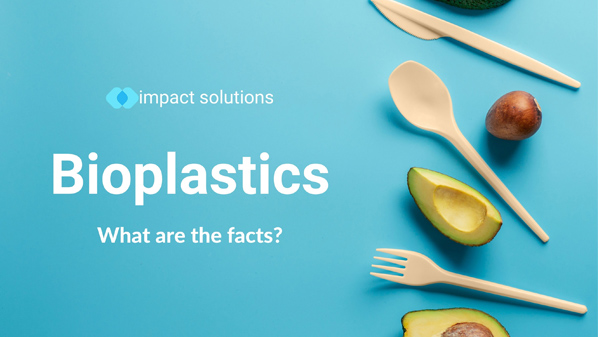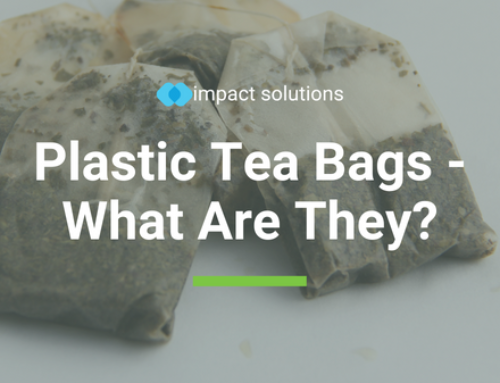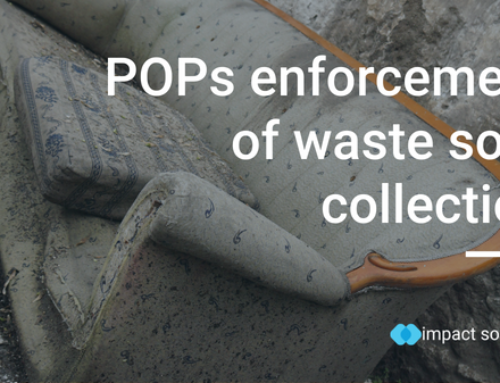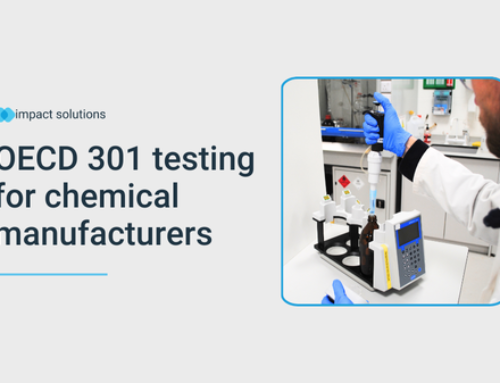Introduction to Bioplastics
Over the past decade, “Bio” has become a buzzword, whether you see it on packaging or from articles that claim “bio” is all-natural and therefore must be the solution. This coupled with the rising environmental awareness globally has imposed considerable pressure on associated authorities to take actions, which includes the research into alternative options to conventional plastics which often has a negative connotation.
Undeniably plastic has become a crucial part of our generation. However, the inappropriate disposal of plastic waste and the increase in plastic consumption provokes serious environmental issues.
In this article, we provide some basic fundamentals and clarifications on bioplastics so that as a conscious consumer you can make more sustainable decisions.

How are Bioplastics defined?
Due to frequent misconception surrounding the terminologies “bioplastics” and “biodegradable plastics”, it is paramount to first clarify the definition between them. It is often misunderstood that all bioplastics are biodegradable. In actuality, this is far from the truth and these terms are not interchangeable. As “bioplastics” itself is divided into three classifications, shown in Figure 1.

Figure 1 – Illustration of “bioplastic” classification (source: European Bioplastics)
Bioplastic is a generic terminology to describe either bio-based plastics (partially produced from plant-based biomass i.e. sugarcane) or plastic that is biodegradable. In some examples, the material may consist of both of these characteristics. Essentially, not all bioplastics are biodegradable and not all biodegradable plastics are bio-based.
Biodegradation vs Compostability
In order for a plastic to be certified as a “biodegradable plastic”, it must satisfy three specified parameters: (1) degree of degradation, (2) timespan of degradation, (3) surrounding conditions of degradation. For your material to oblige, UKAS accredited laboratories such as Impact Solutions, will perform standardised test methods (i.e. BS EN 13432) to ensure the material satisfies all the appropriate standards. Although all compostable materials are biodegradable, however, a product that is labelled as biodegradable is not necessarily compostable.
To clarify these misconceptions, Impact Solutions are set up to carry out a series of Biodegradability tests offering full material analysis services: based on BS EN 13432 to include but not restricted to Chemical, Environmental and Elemental analysis. Find out more from our article on Biodegradable Plastic Packaging in the UK.
To enquire about our services, contact us today: info@impact-solutions.co.uk / +44 (0) 1324 489 182.
Did you know?
Biodegradation is not a one-size-fits-all process. The biodegradation process can take place via different mechanisms such as aerobic and anaerobic degradation.
1) Aerobic system
- Microorganisms have free access to oxygen (gaseous) from their surrounding environment.
2) Anaerobic system
- This system takes place in the absence of oxygen.
- During anaerobic degradation, methane, carbon dioxide, water, mineral salts, and biomass are the ultimate biodegradation products.
Bio-based Biodegradables
The most common type of plastic that is both bio-based and biodegradable is Poly (Lactic Acid) (PLA).
The comprehensive profile of PLA (biobased, biodegradable and biocompatible) offers versatility. The application of PLA ranges from commodity to biomedical applications. The most popular commodity use of PLA is in films, packaging, 3D printing, fibres and textiles. The excellent biocompatibility of PLA generates demand for drug delivery, tissue engineering, artificial blood vessels etc. The degradation rate of PLA is dependent on factors such as molecular weight or its composition. Moreover, the physical and mechanical properties of PLA is comparable to some conventional plastics such as polystyrene (PS) or polyethene terephthalate (PET).
Another example is Polybutylene succinate (PBS), also derive from sucrose, glucose or bio-based glycerol.
At the same time, there are a group of bioplastics in this category that is derived from microorganisms. Polyhydroxyalkanoates (PHA) is a type of bio-polyesters that are stored within cells as an energy storage material by a variety of microorganisms.





